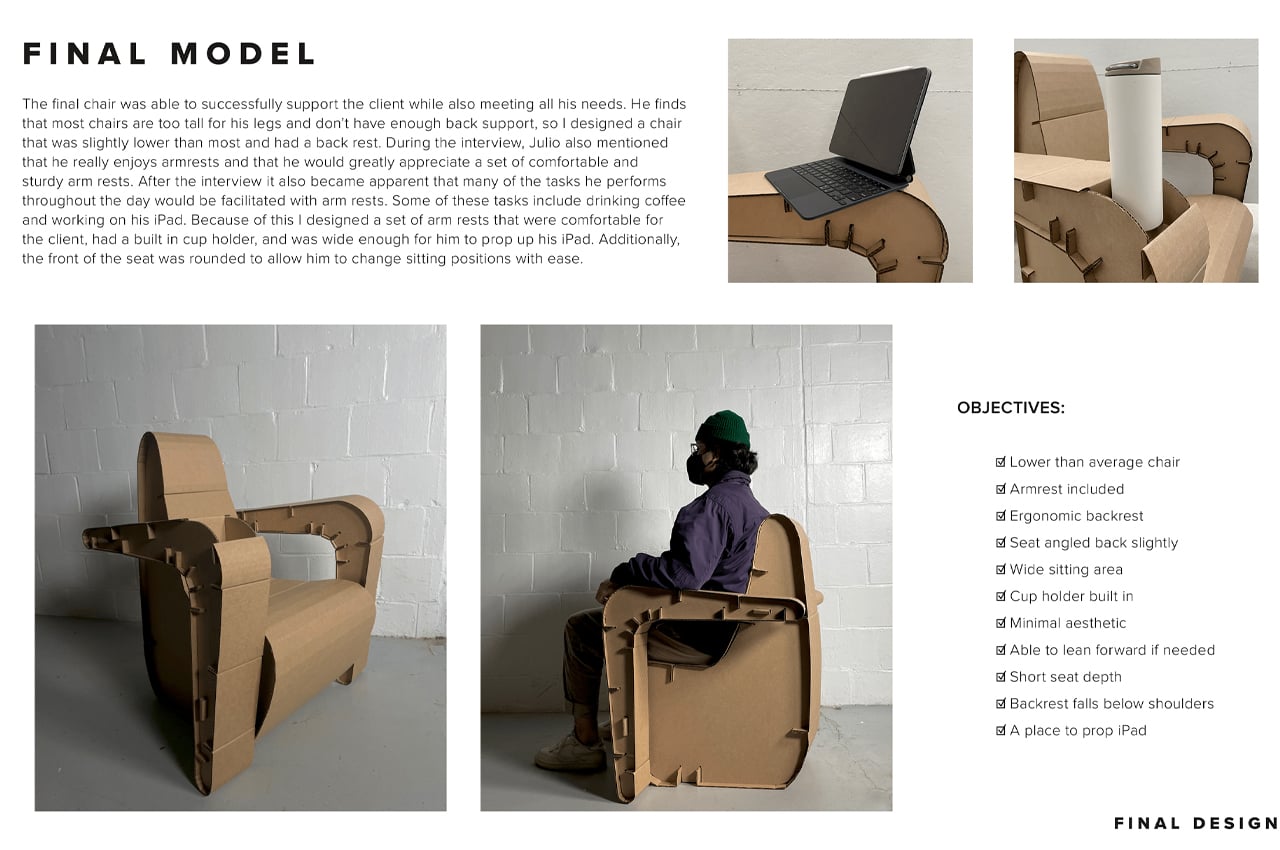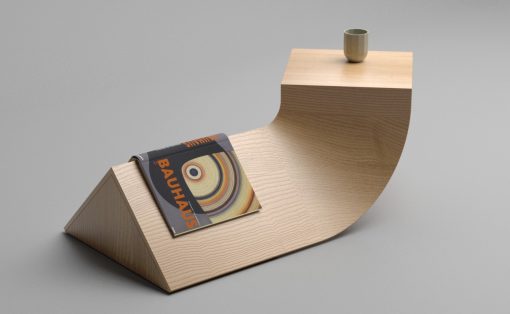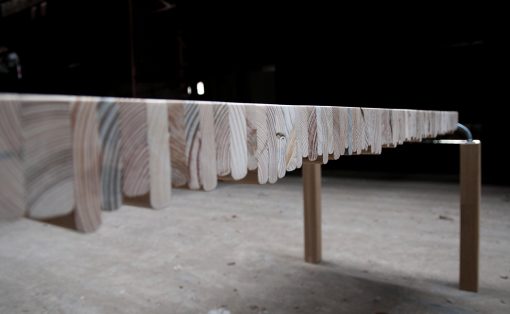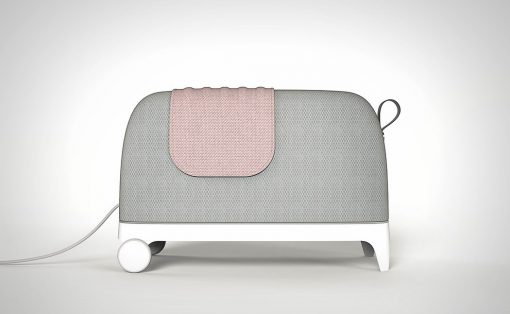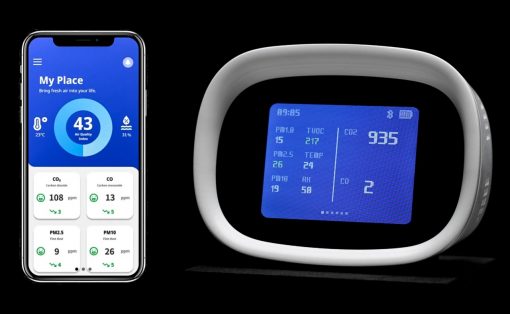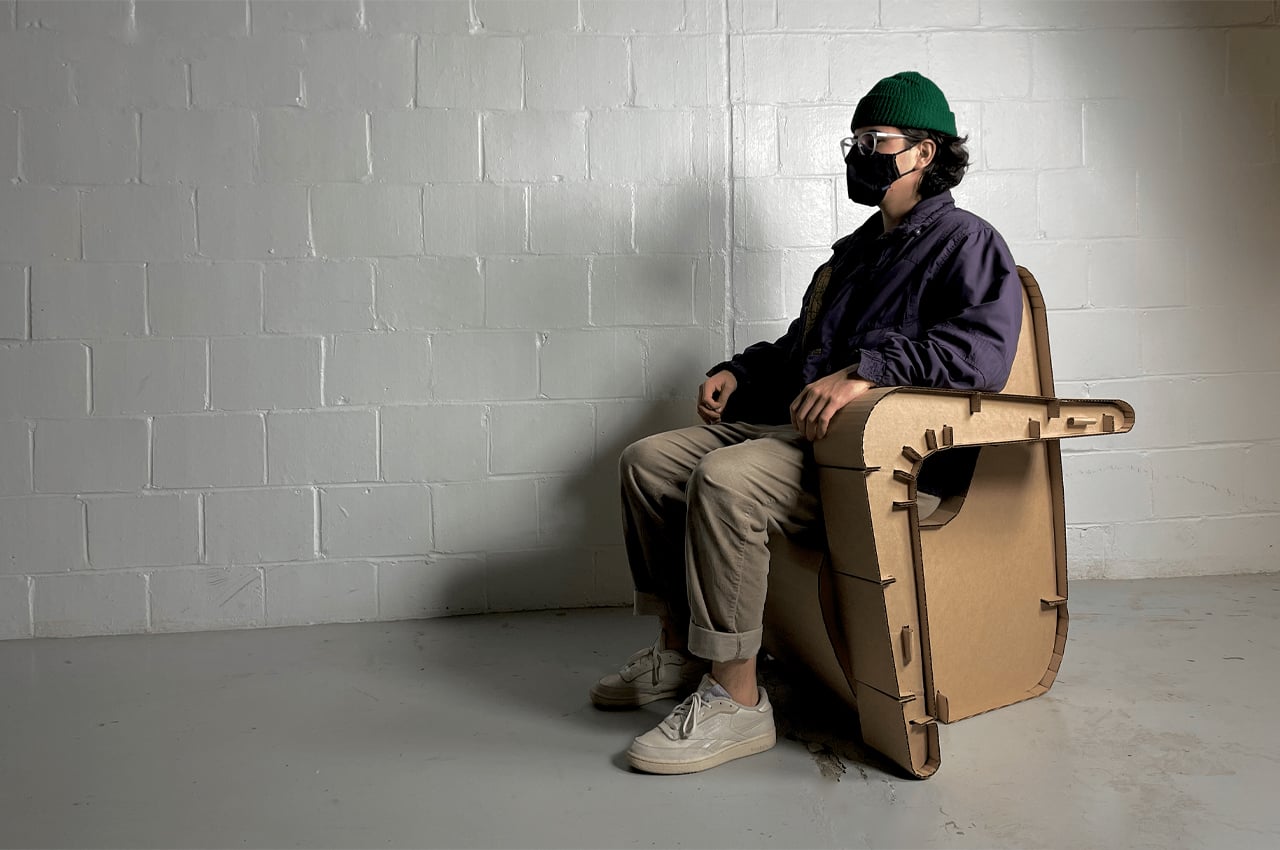
Cardboard Chair Process Book is a chair design concept that constructs custom chairs from cardboard based on anthropometric studies and client interviews.
Goldilocks was right–the comfort of a chair depends on many different factors. Everything from a chair’s frame to its upholstery and everything in between comes into play. At the end of the day, a chair’s comfort depends on what we use it for–a plush loveseat might be the perfect spot to nestle up in and watch a rom-com, but it’s not the spot for working at our laptops. It’s just not the vibe! Lissette Romero unlocked the vibe with a new design concept called the Cardboard Chair Process Book that constructs bespoke chairs from cardboard using a set of criteria collected from client interviews and anthropometric measurements.
Designer: Lissette Romero
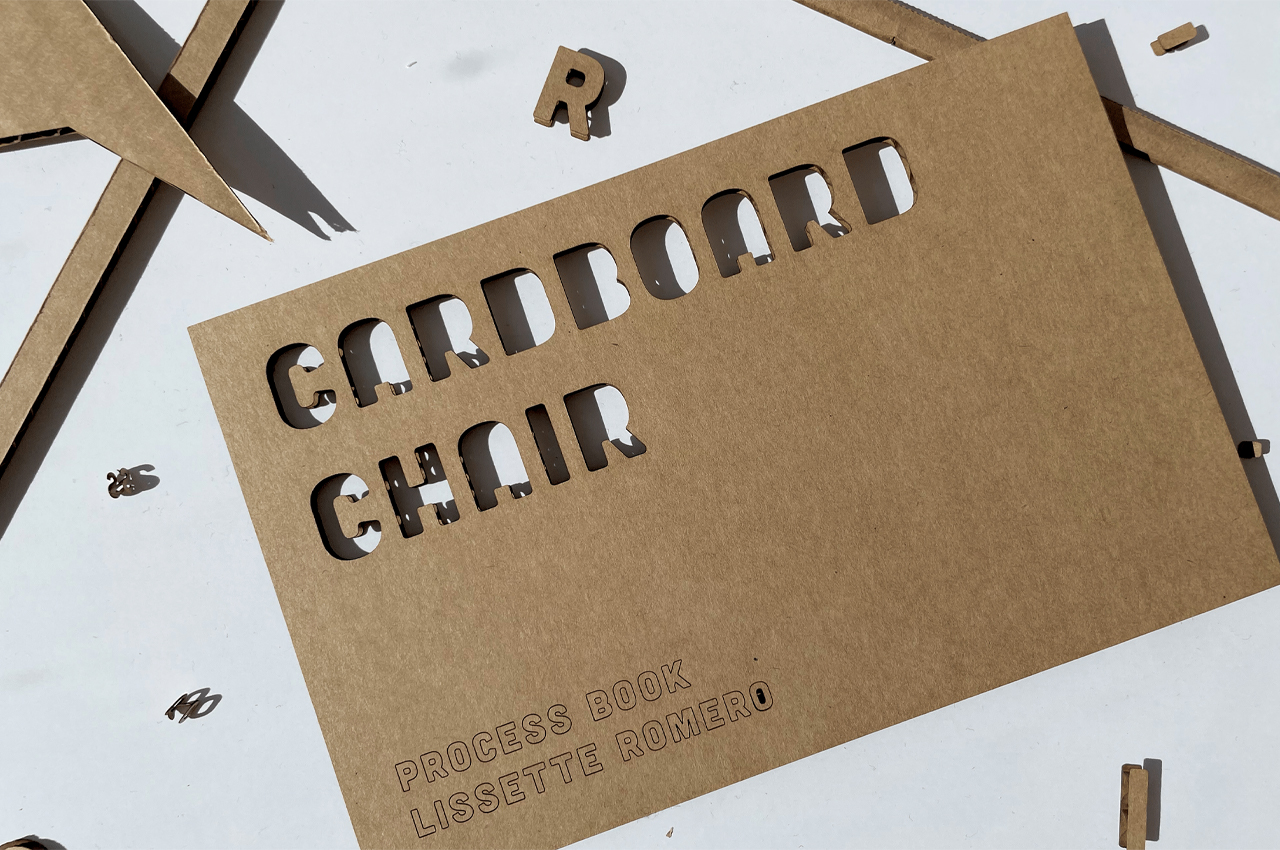
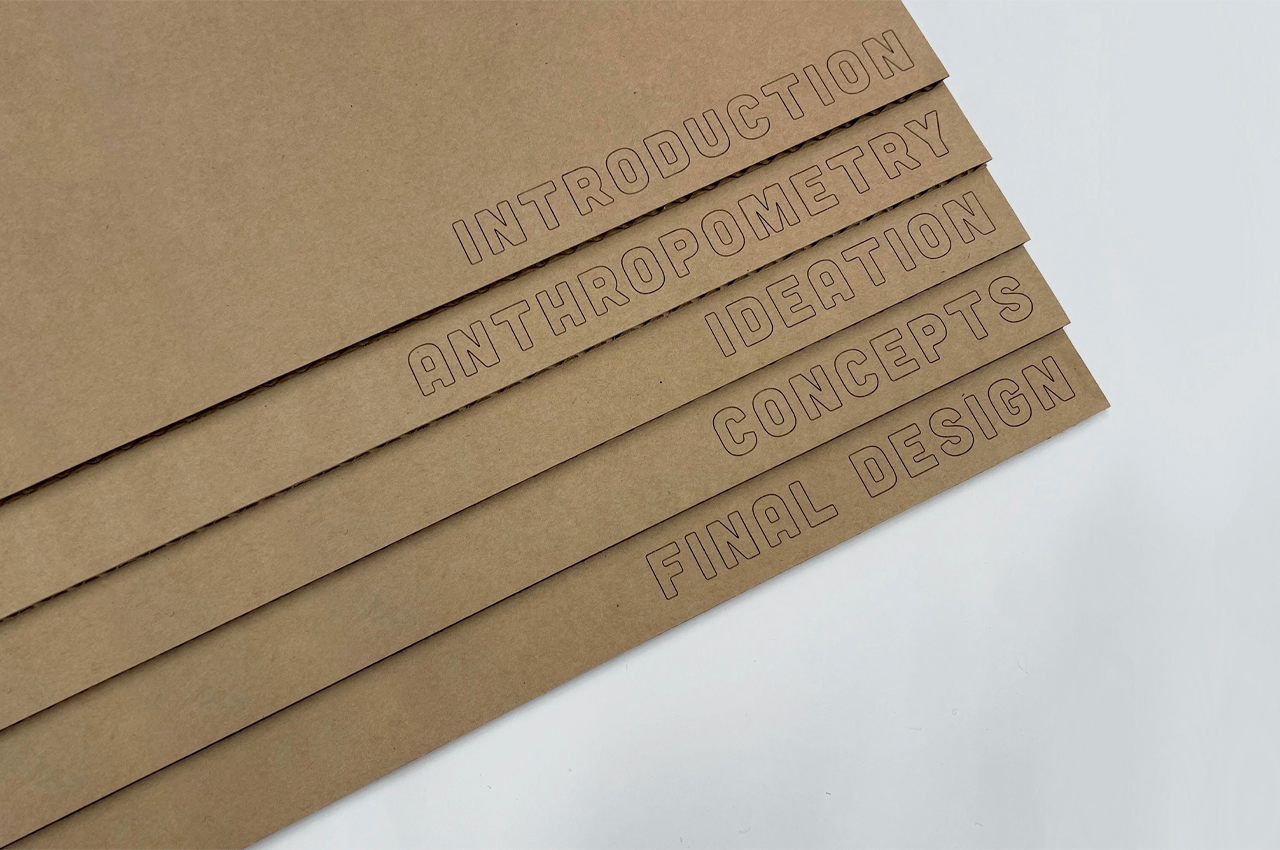
Built from 5 4’x4’ sheets of single-ply corrugated cardboard, the custom chairs require no hardware, fasteners, or adhesives for construction or assembly. Before settling on the chair’s overall structure and ergonomics, Romero imagines conducting client interviews to determine each chair’s main function according to the sitter’s needs. For instance, a client looking for a lounge chair to play video games will end up with a very different chair design from a client who’s looking for a desk chair to use for studying.
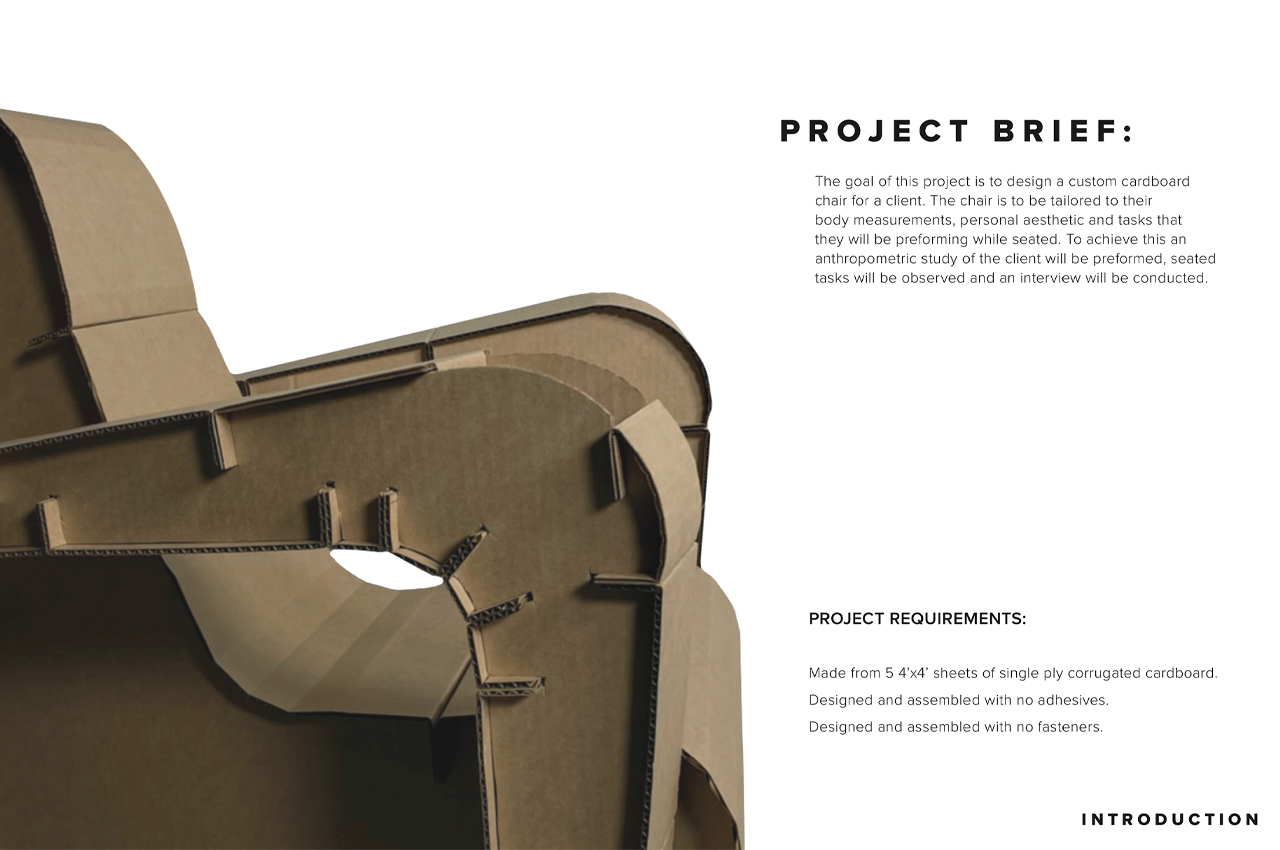
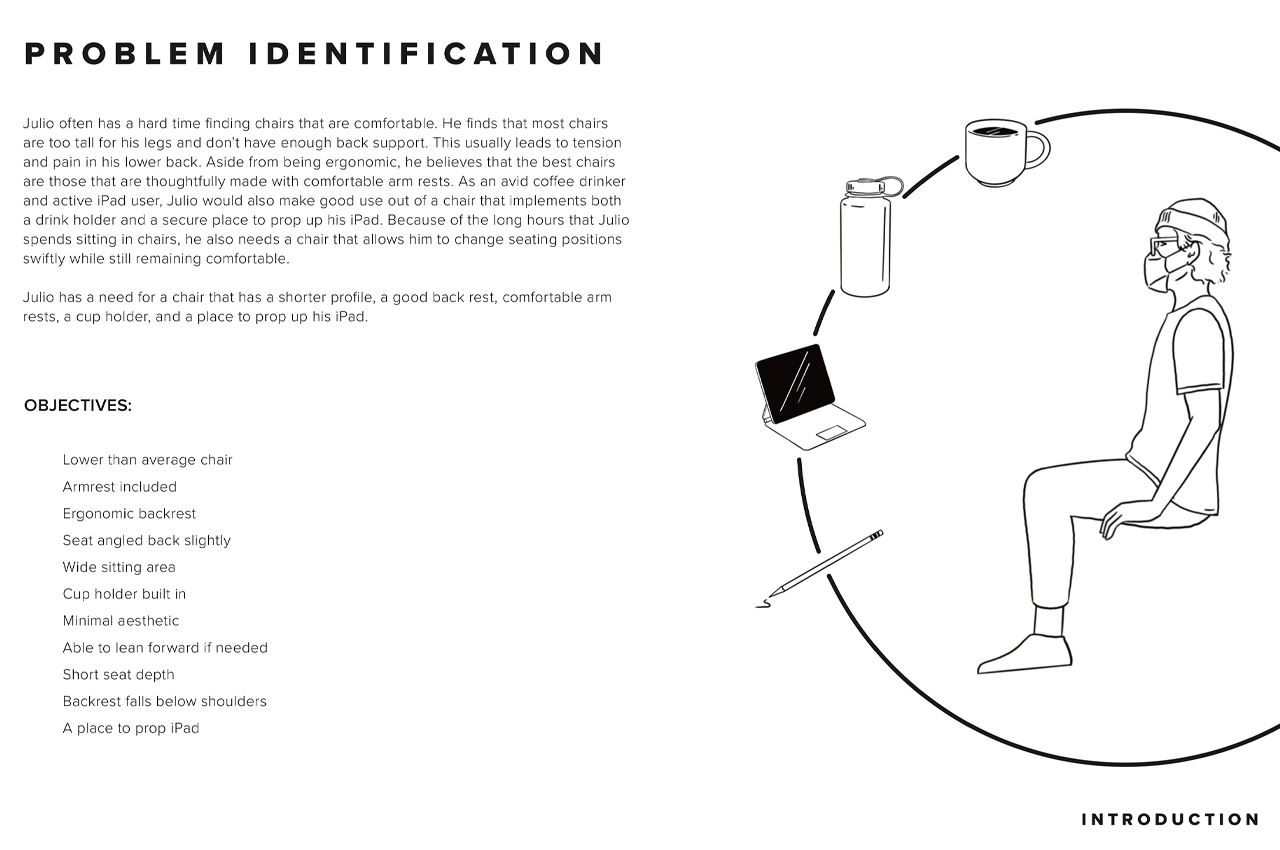
Describing the design process as Romero envisions it, the designer notes, “The chair is to be tailored to [the client’s] body measurements, personal aesthetic, and tasks that they will be performing while seated. To achieve this, an anthropometric study of the client will be performed, seated tasks will be observed, and an interview will be conducted.” During this ideation phase, Romero prototypes three different conceptual chair designs, each of which takes on different design languages.
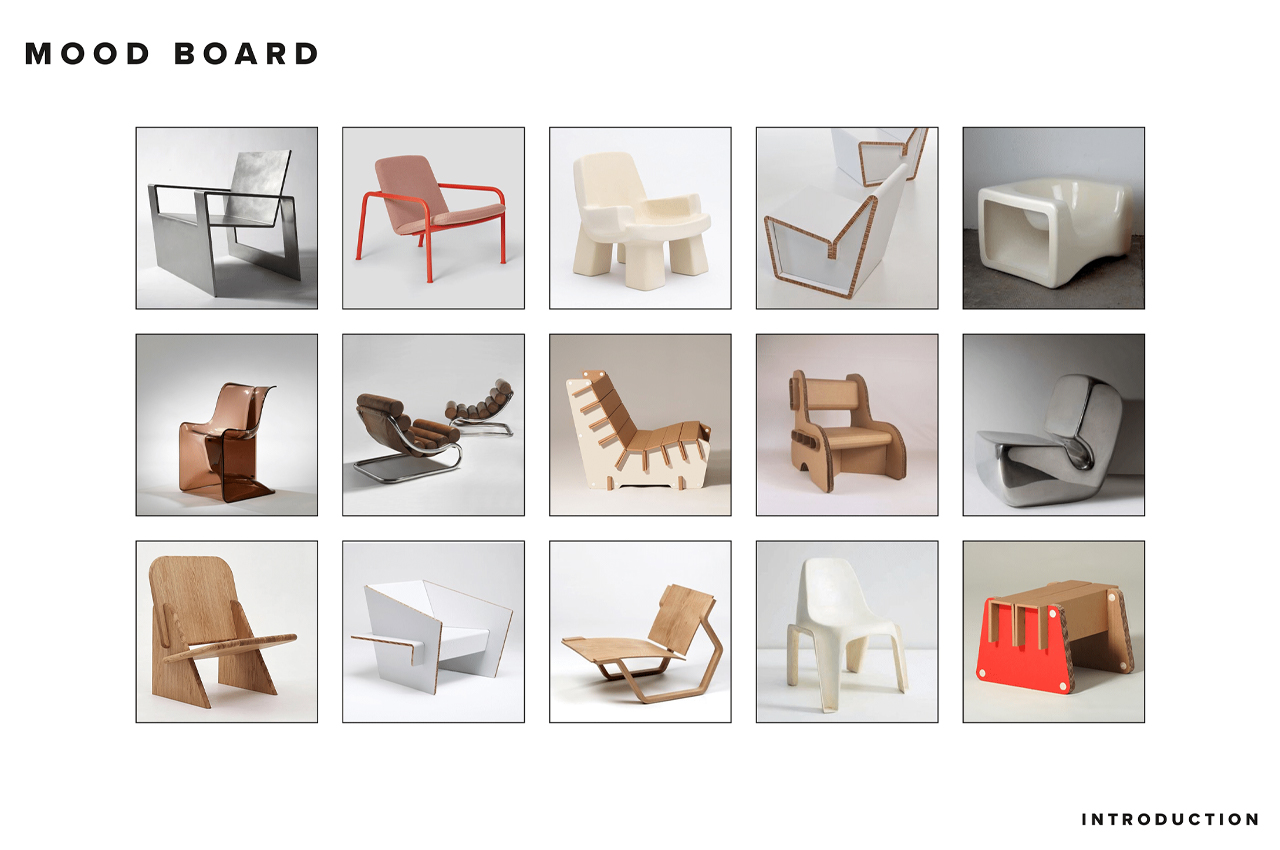
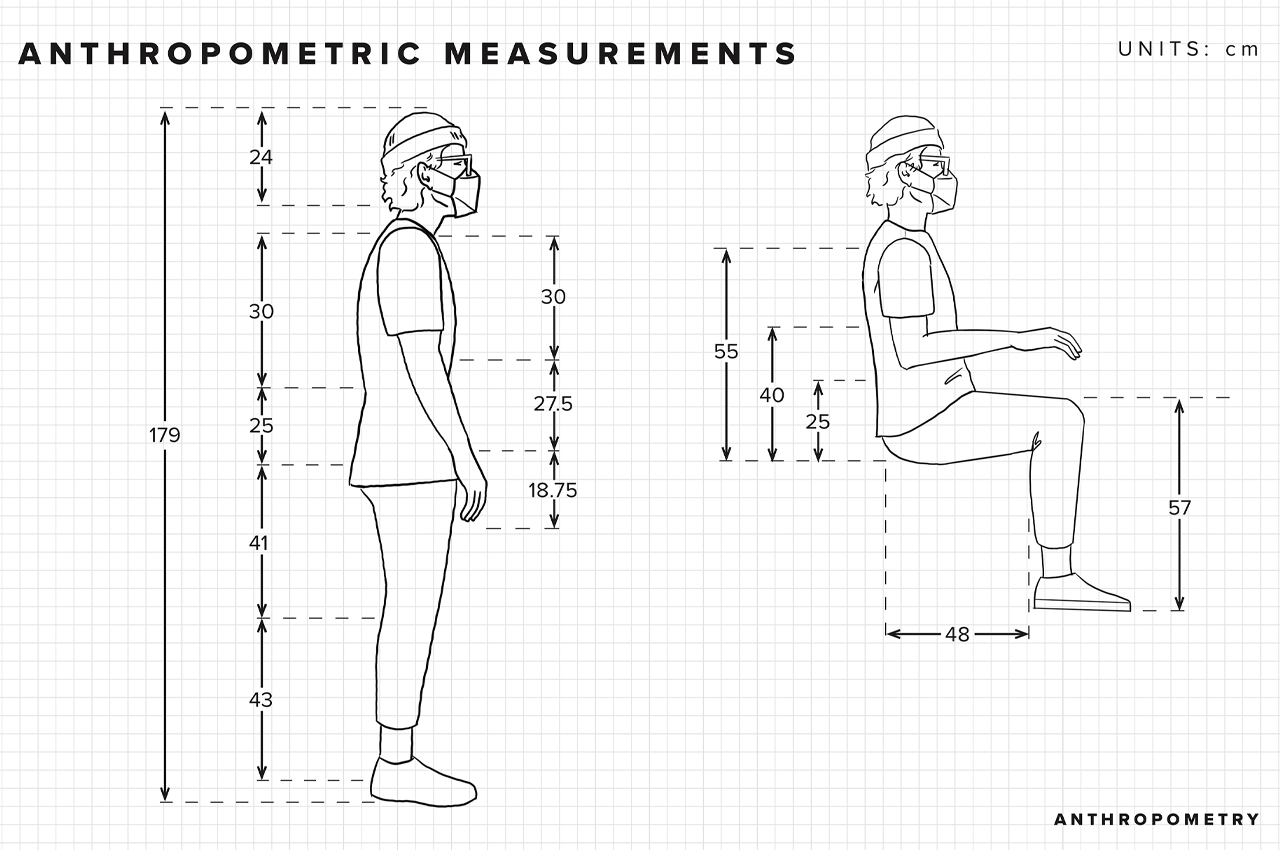
While conceptualizing Cardboard Chair Process Book, Romero conducted a research phase with a client named Julio. During this phase, Romero learned that “Julio has a need for a chair that has a shorter profile, a good backrest, comfortable armrests, a cup holder, and a place to prop up his iPad.” Using this set of criteria to settle on the chair’s shape, tilt, height, size, and assets, Romero settled on a final prototype.
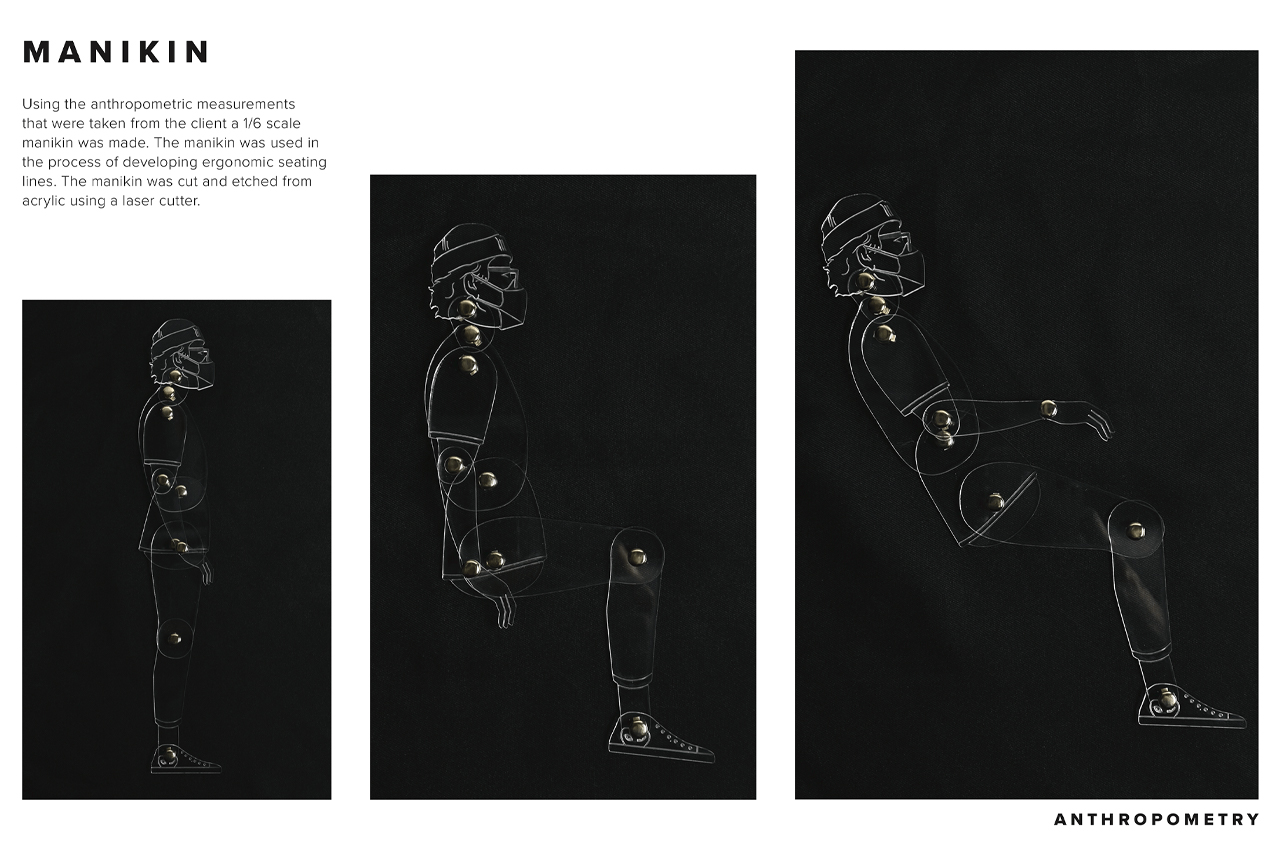
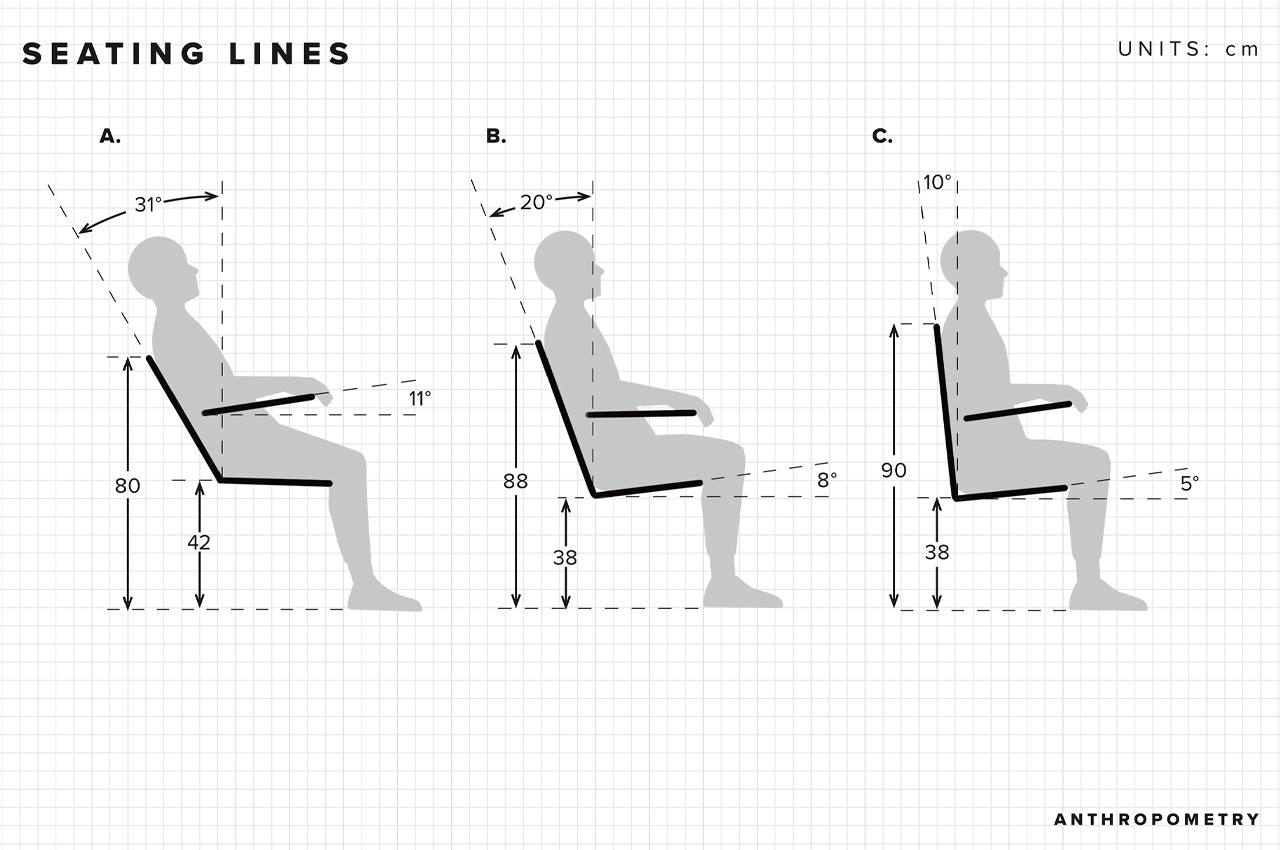
The client ultimately decided on a chair with a round form language, large armrest, body frame tapered in two directions, a backrest that falls just below the shoulder blades, and integrated cardboard beams that connect everything together.
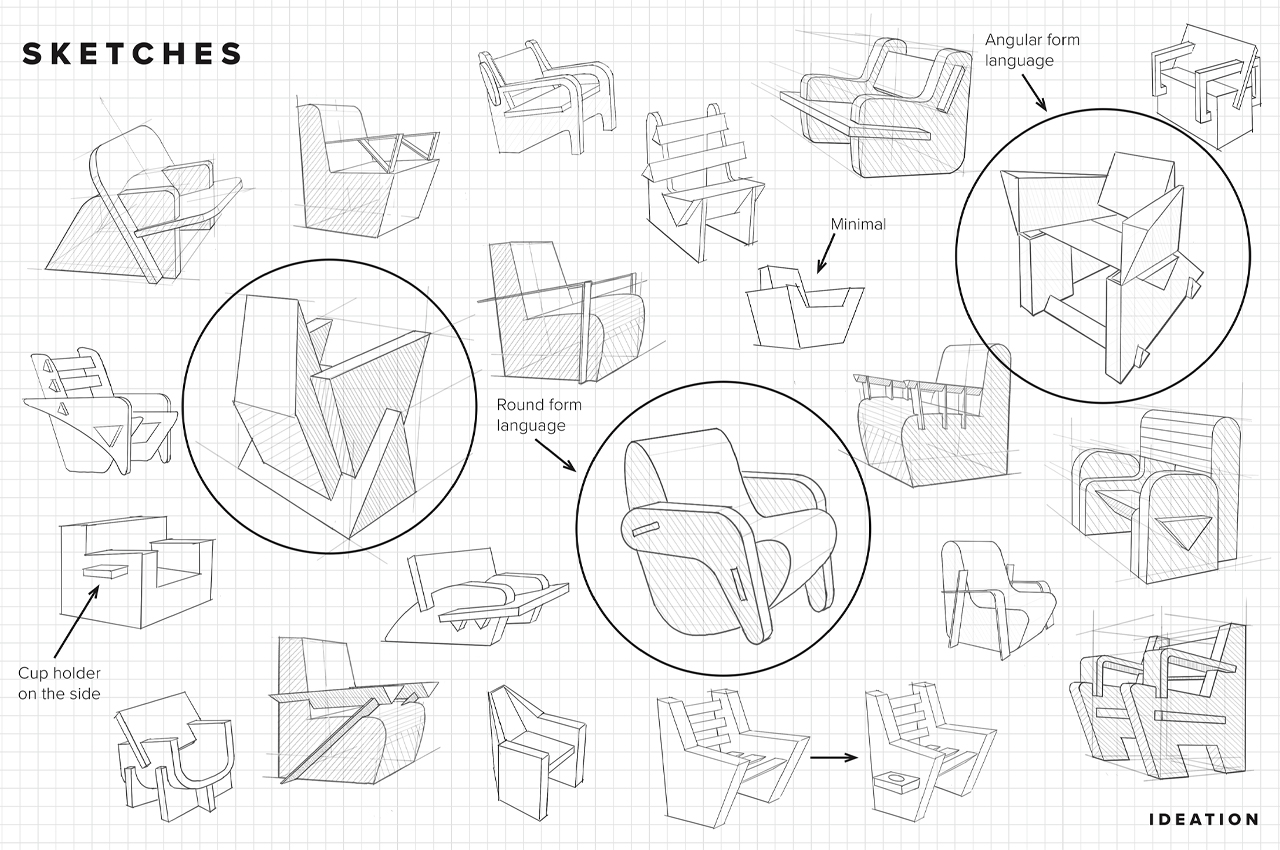
Upon collecting the client’s anthropometric measurements and task interviews, Romero found three possible prototypes.
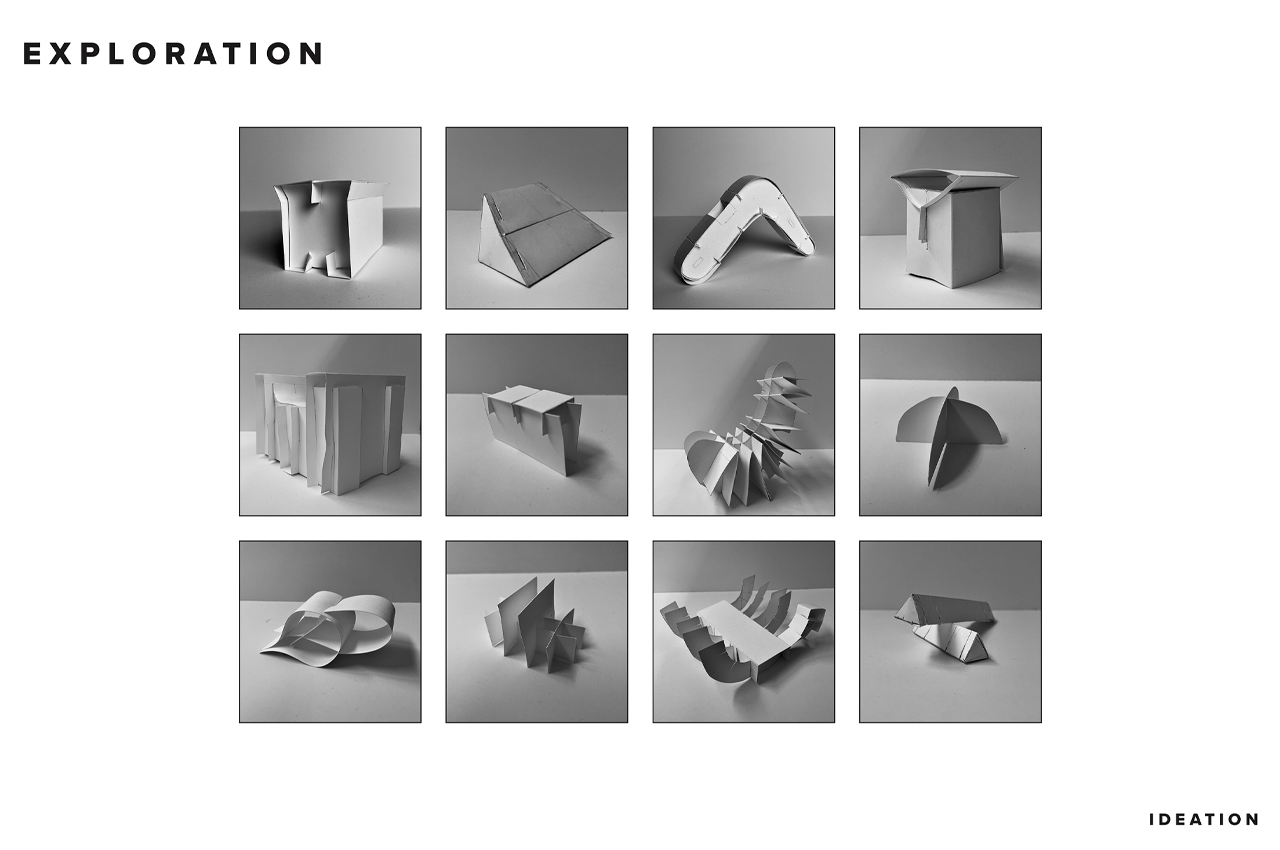
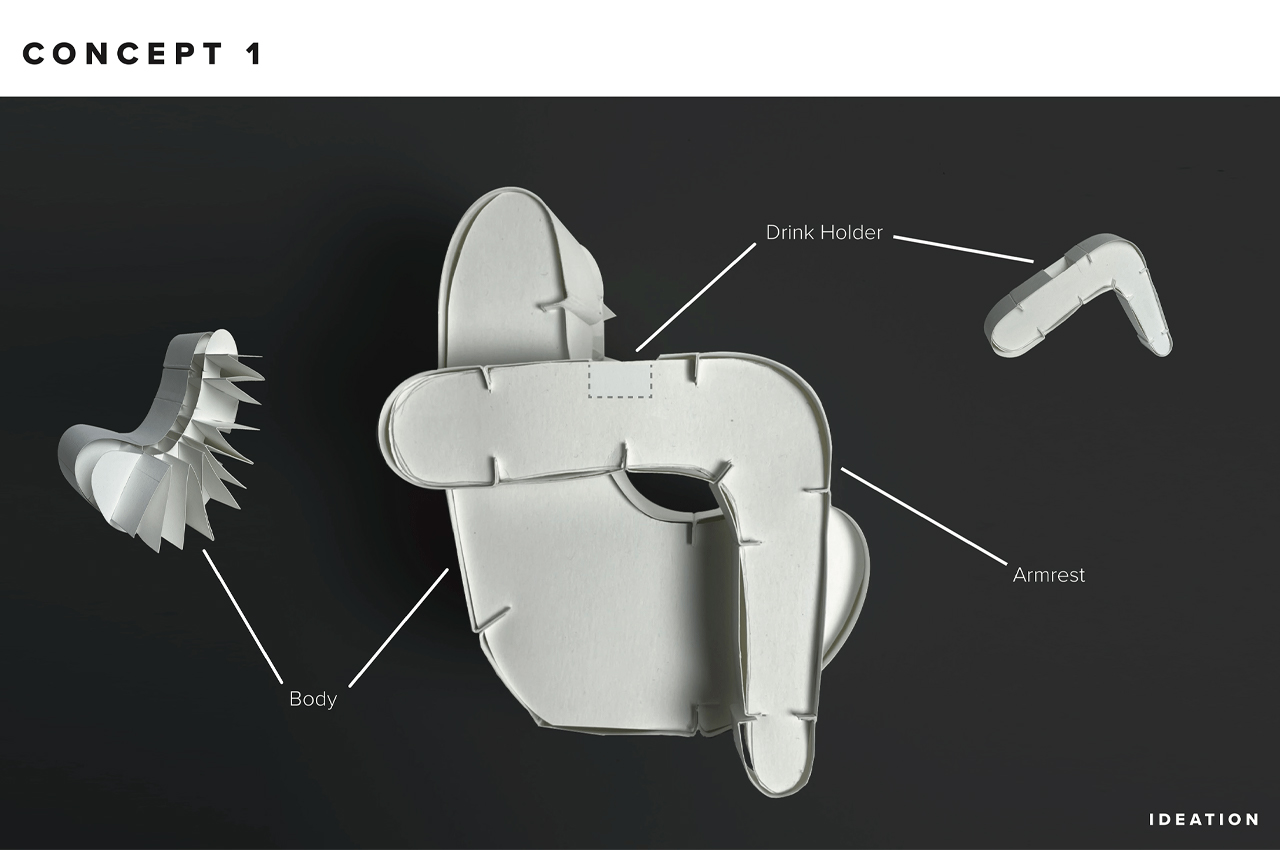
The first chair finds a round form language influenced by Julio’s need for an ergonomic backrest.
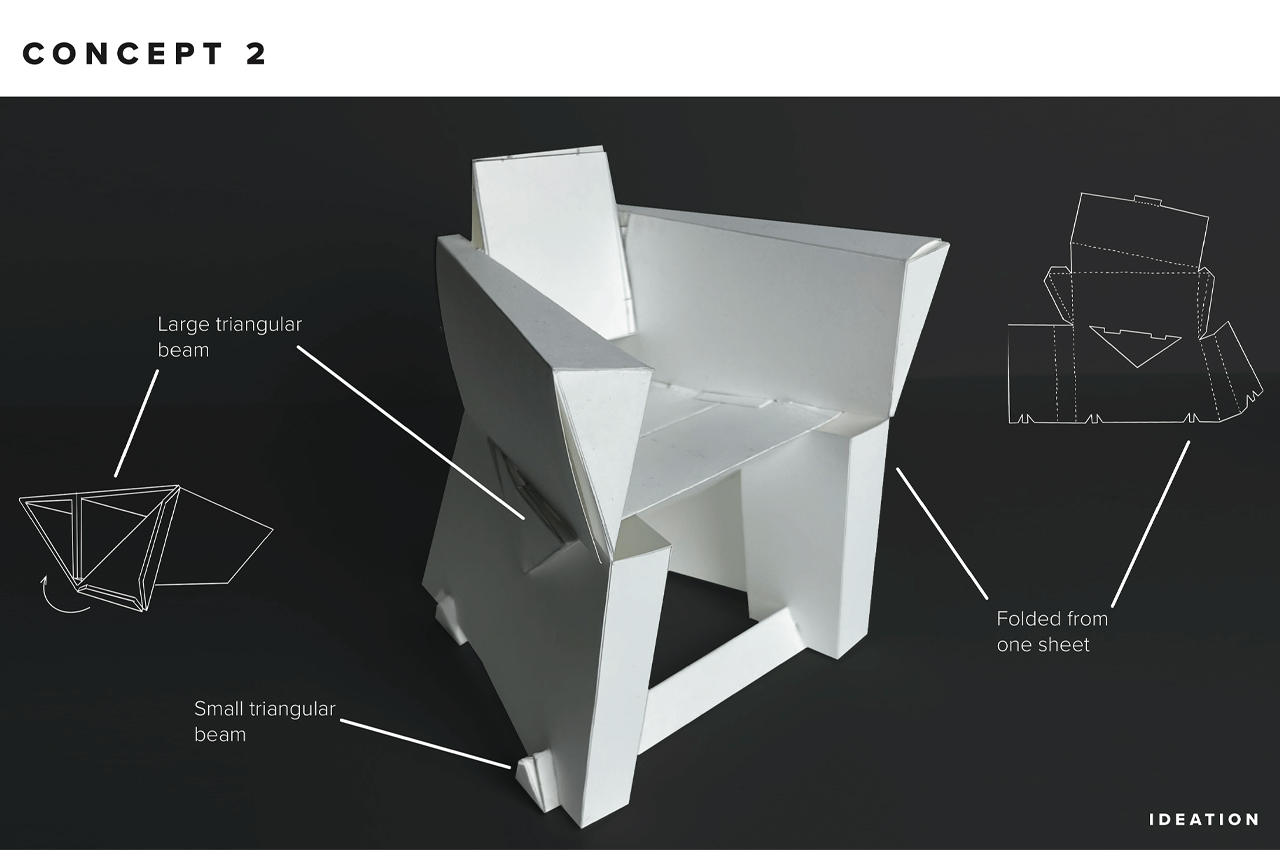
The second prototype is reinforced by wide, triangular cardboard beams.
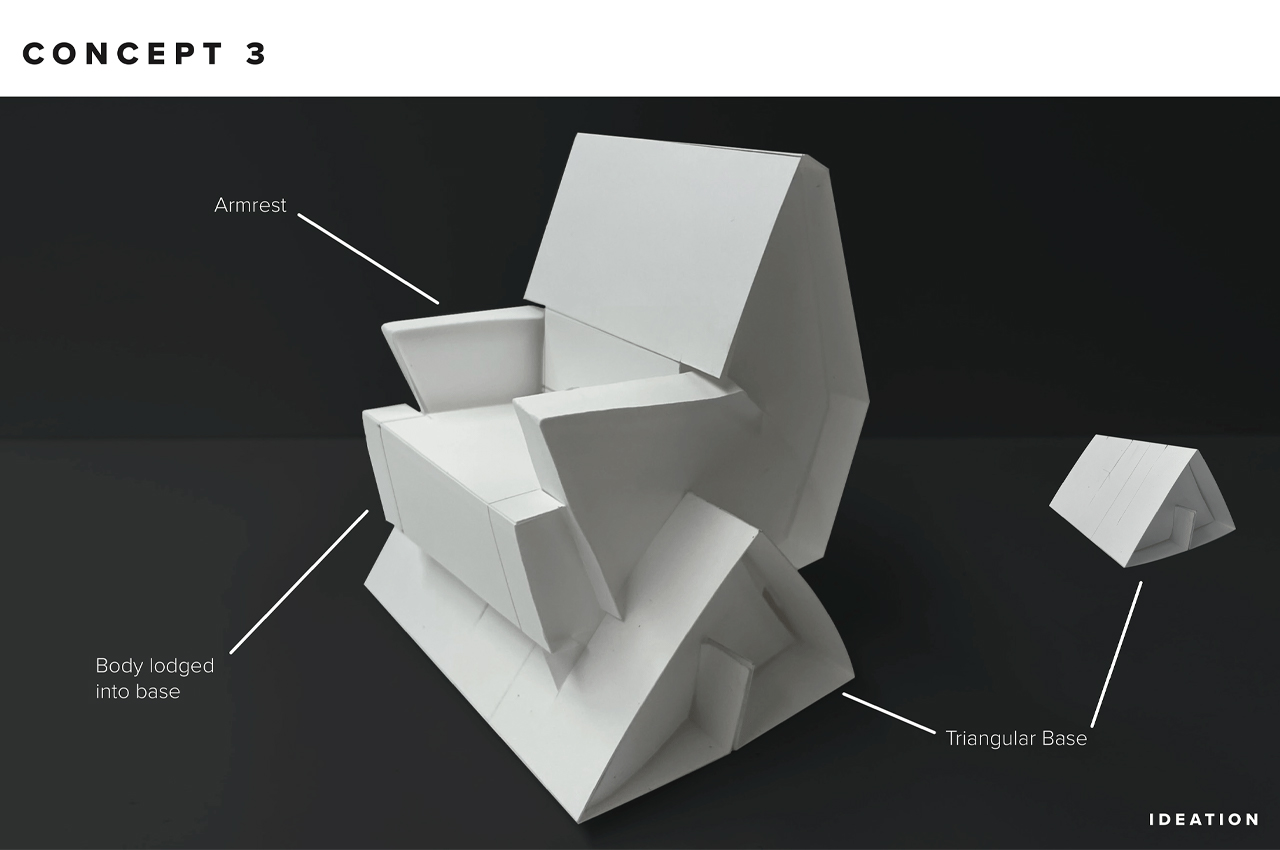
The third prototype emphasizes a short seat depth.
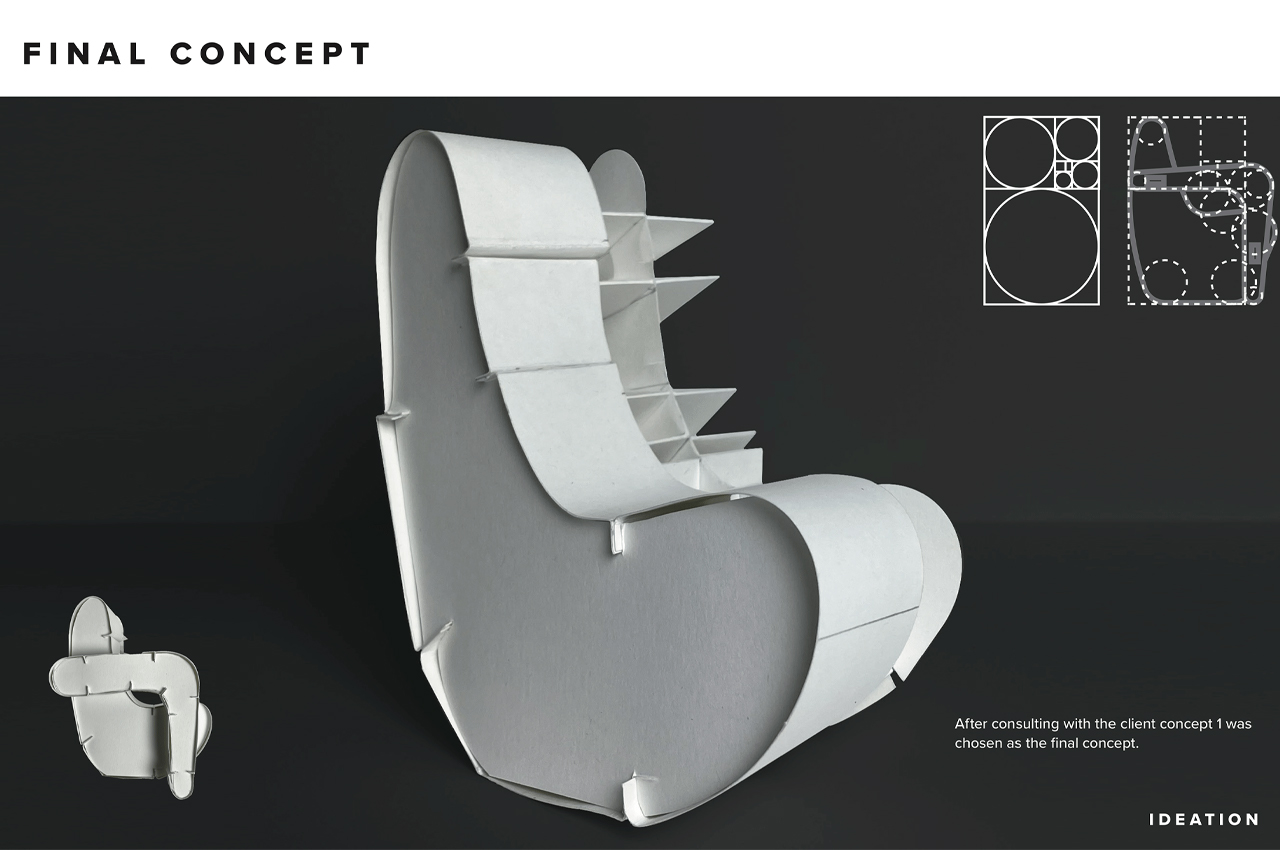
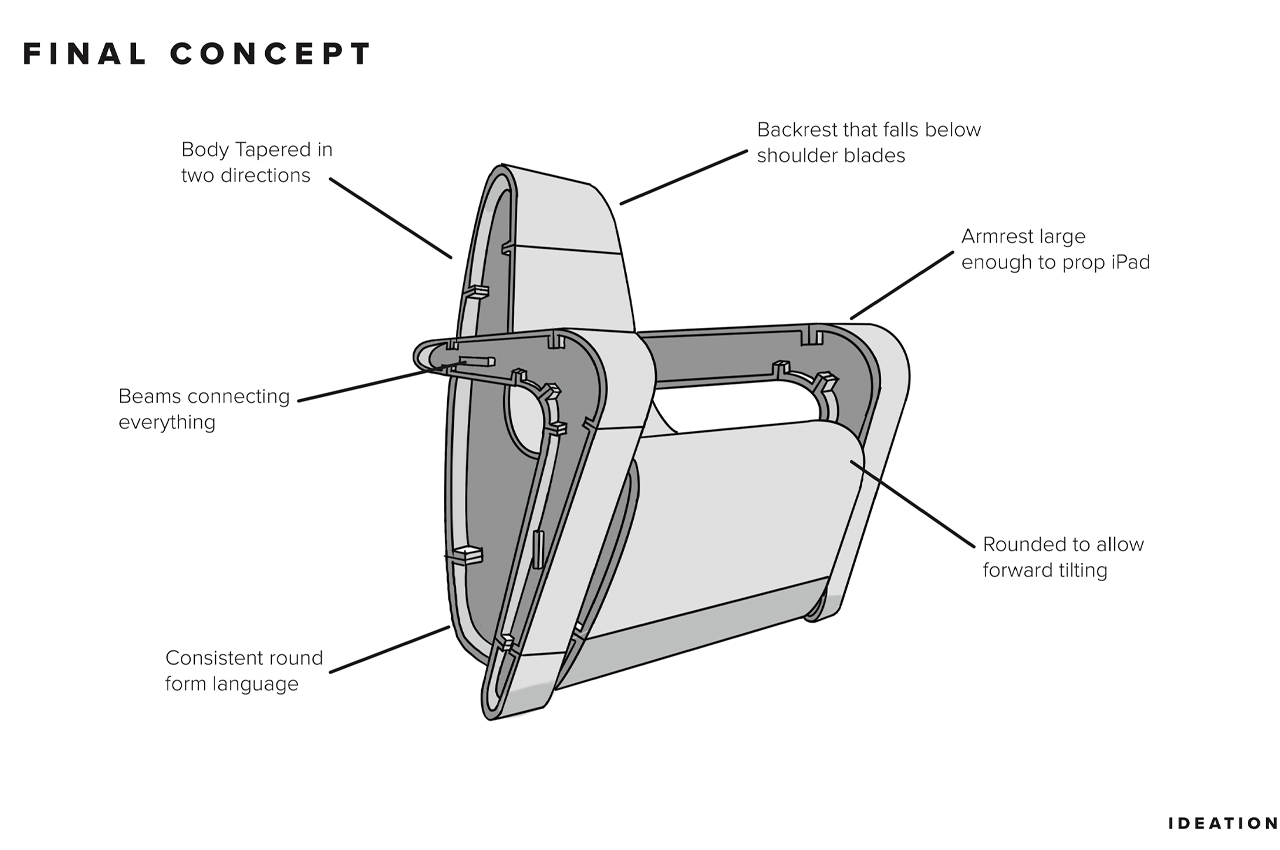
The chair’s final form brings together every aspect of the criteria collected from interviews and body measurements.
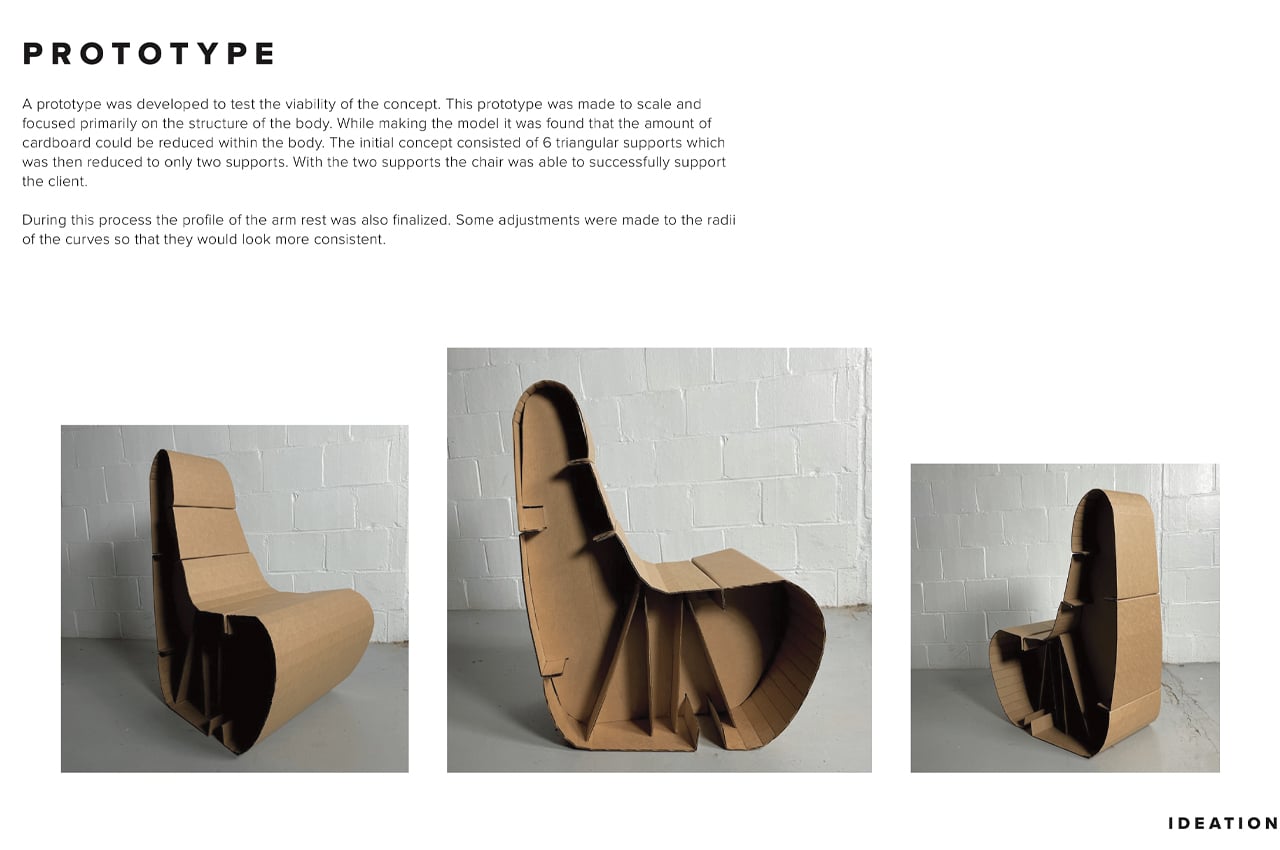
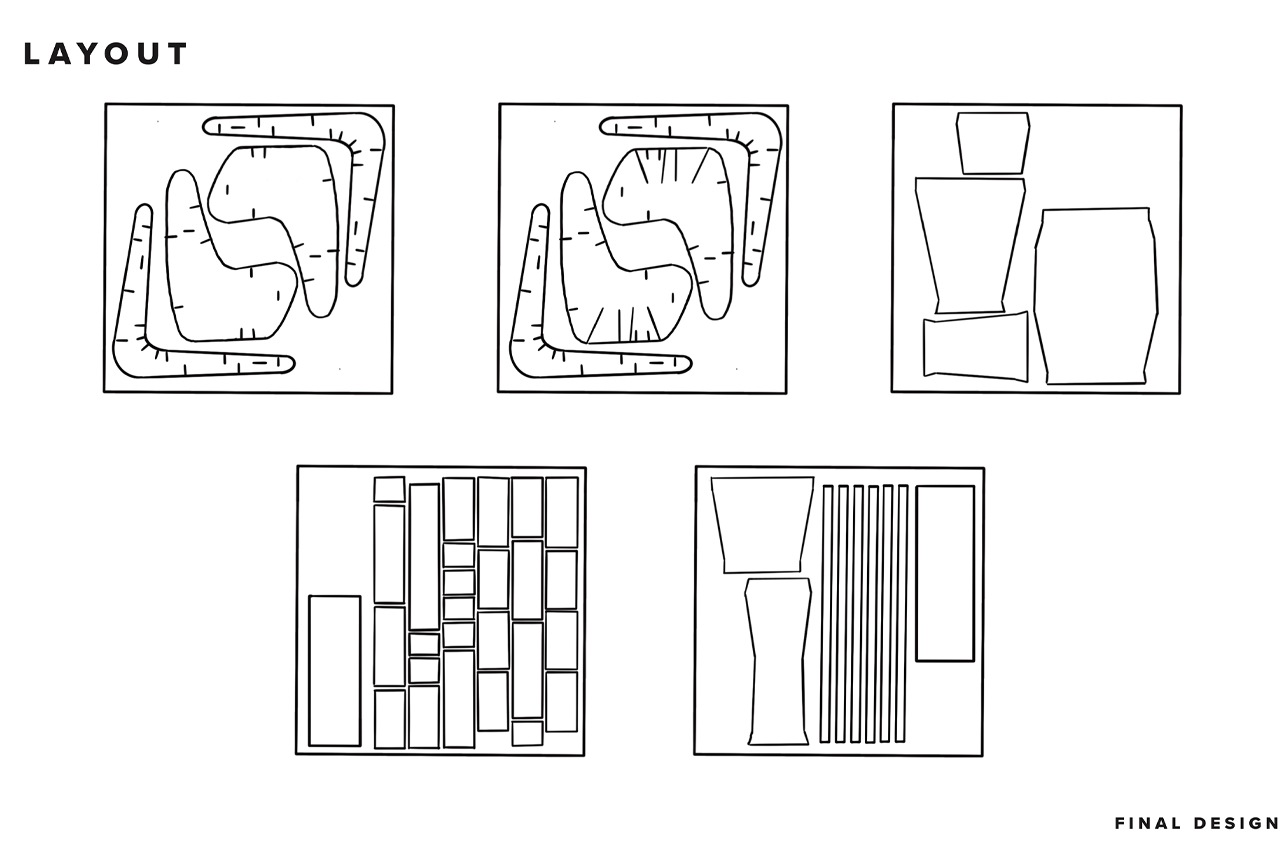
The cardboard chair is built from 5 4′ x 4′ sheets of corrugated cardboard.
